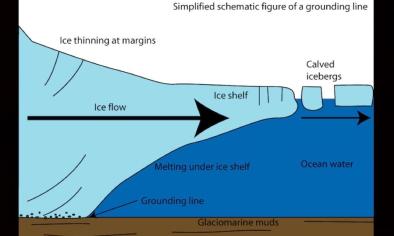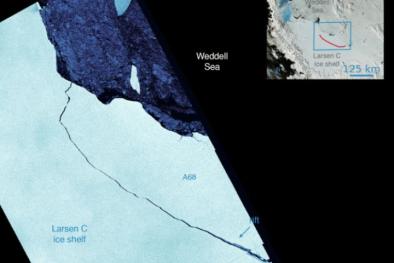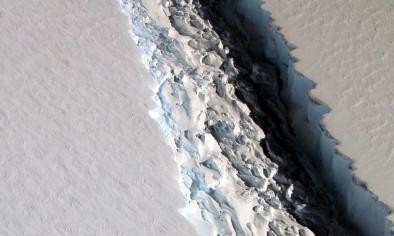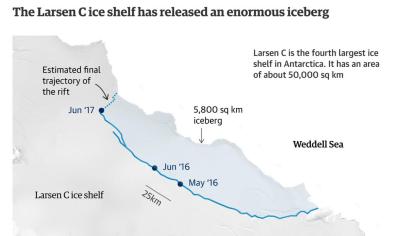An Antarctic iceberg nearly the size of Delaware — one of the largest on record — has broken off
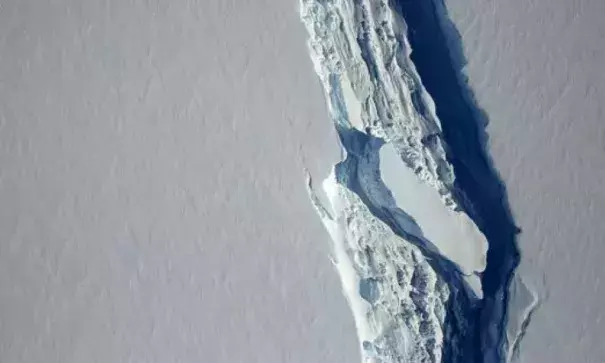
Project MIDAS said there is no evidence to link the calving of the iceberg to climate change. However, it is widely accepted that warming ocean and atmospheric temperatures have been a factor in earlier disintegrations of ice shelves elsewhere on the Antarctic Peninsula, most notably Larsen A in 1995 and Larsen B in 2002.
Global warming has pushed temperatures up to 5 degrees higher in the region since the 1950s and could increase up to 7 degrees more by the end of the century, putting more stress on the ice, according to Climate Central.
Regardless of whether climate change is a factor, calving is a natural part of the cycle of ice shelves. Ice flows gradually into the shelf, the shelf expands until stresses become too much, and then icebergs are formed. Whether or not Larsen C will reform is unclear.
Scientists think there is a possibility the remaining shelf is now too fragile to grow back to its former size.
Related Content
